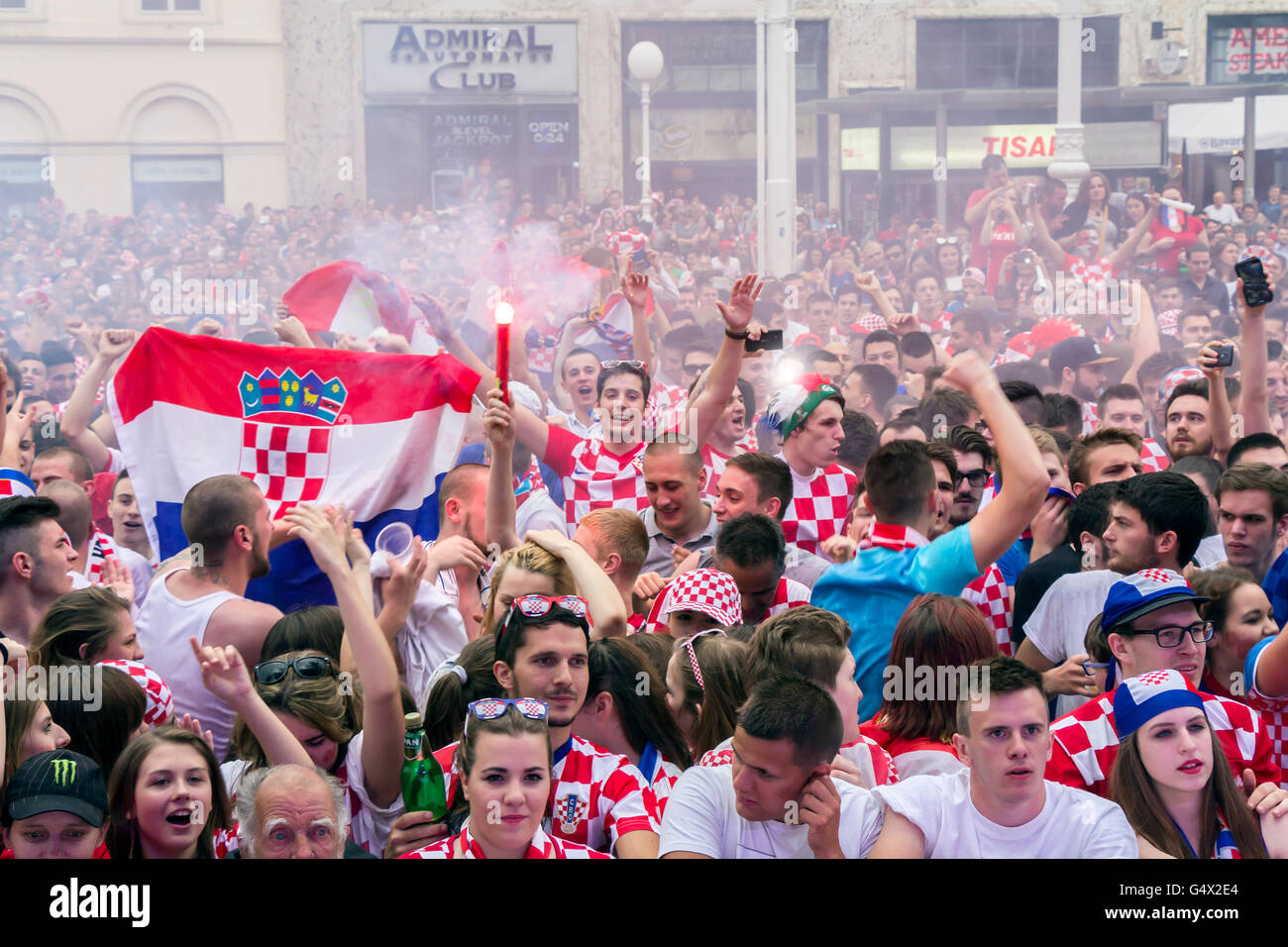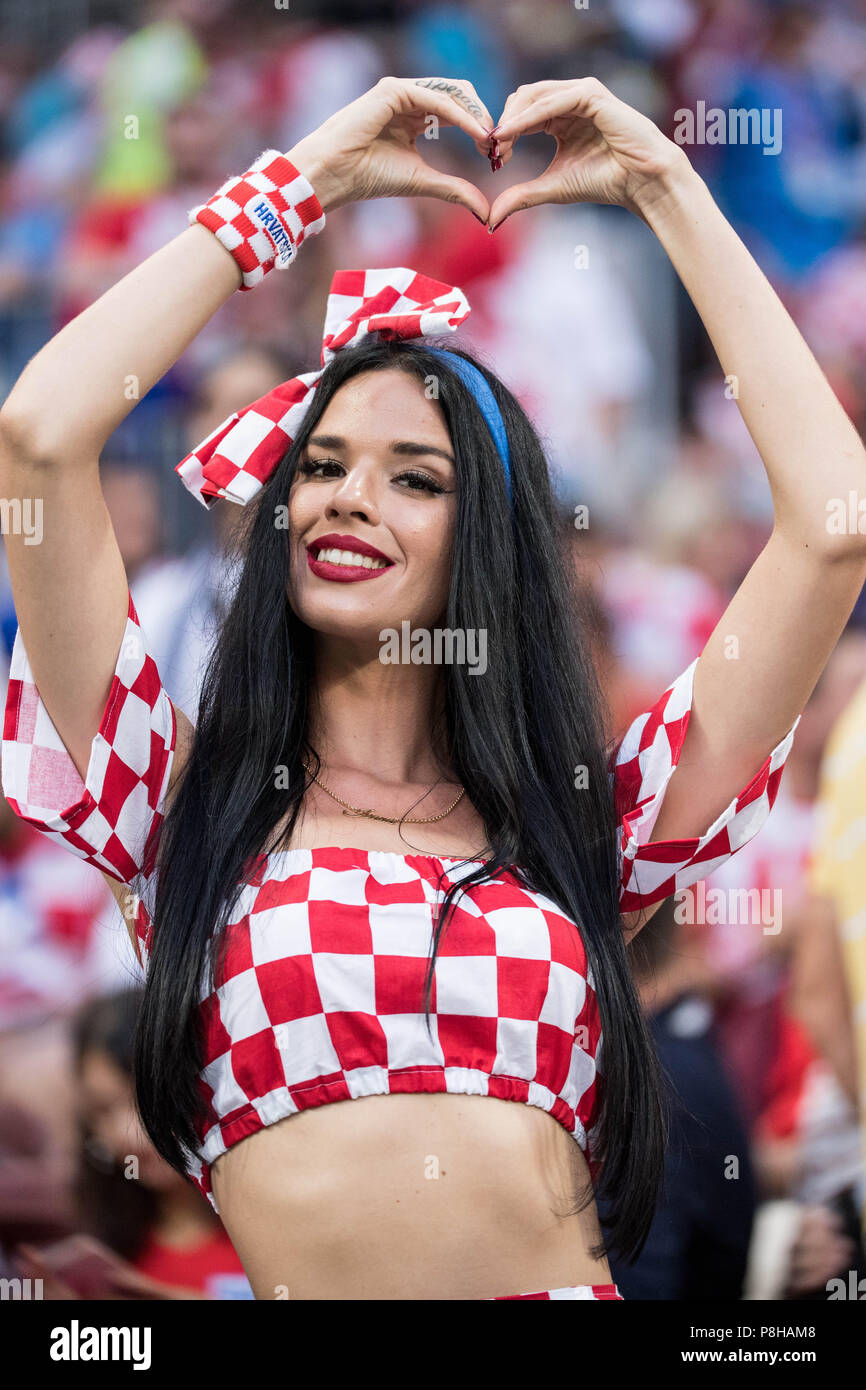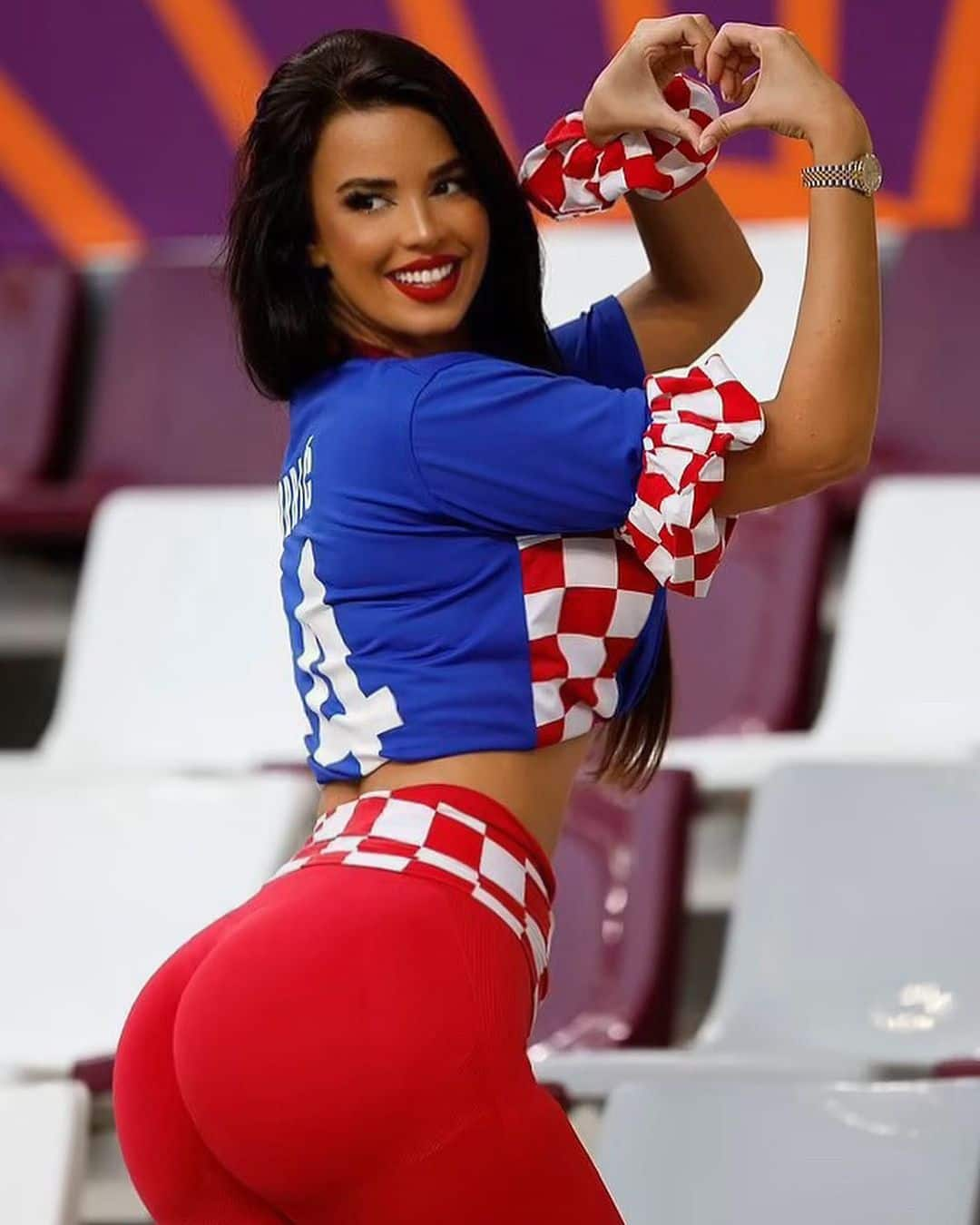“Football Fan Culture in Croatia
Related Articles Football Fan Culture in Croatia
Football Fan Culture in Croatia

Croatia, a nation celebrated for its stunning coastline, rich history, and passionate people, boasts a football culture that is as vibrant and intense as any in Europe. Football is more than just a game in Croatia; it’s a source of national pride, a vehicle for social expression, and a powerful force that unites communities. From the fervent support for the national team, the Vatreni (The Blazers), to the intense local rivalries, Croatian football fan culture is a complex tapestry woven with tradition, loyalty, and unwavering passion.
Historical Roots and Development
The roots of Croatian football fan culture can be traced back to the early 20th century, coinciding with the rise of football as a popular sport across Europe. The formation of clubs like Hajduk Split (1911) and Dinamo Zagreb (1945) laid the foundation for organized fan bases. These clubs quickly became symbols of regional identity, fostering a sense of belonging and community among their supporters.
During the communist era in Yugoslavia, football clubs often served as outlets for expressing national and regional identities, sometimes in subtle defiance of the central government. Matches between clubs from different republics, particularly those involving Croatian teams, were often charged with political undertones. This period saw the emergence of organized fan groups, known as "navijači," who actively supported their teams through chanting, displaying banners, and creating a vibrant atmosphere at matches.
The collapse of Yugoslavia in the early 1990s and the subsequent Croatian War of Independence had a profound impact on Croatian society, including its football culture. Football became a symbol of national unity and resilience. The national team’s success in international competitions, most notably their third-place finish at the 1998 FIFA World Cup, ignited a wave of national pride and further solidified football’s place in the hearts of Croatians.
Key Elements of Croatian Football Fan Culture
-
Fervent Support for the National Team: The Vatreni enjoy widespread support across the country. When the national team plays, the entire nation comes to a standstill. Streets are adorned with Croatian flags, and the red-and-white checkered pattern, known as "šahovnica," becomes ubiquitous. Whether playing at home in Zagreb or on foreign soil, the Vatreni are always backed by a vocal and passionate contingent of supporters. The national team’s successes, such as their remarkable run to the final of the 2018 FIFA World Cup in Russia, have further fueled the nation’s love affair with football.
-
Intense Local Rivalries: Croatian football is characterized by intense local rivalries, the most prominent of which is the Eternal Derby between Dinamo Zagreb and Hajduk Split. These two clubs are the most successful and widely supported in the country, and their matches are always fiercely contested, both on and off the pitch. The rivalry extends beyond the football field, reflecting historical, regional, and social differences between the two cities.
Other notable rivalries include those between Hajduk Split and Rijeka, Dinamo Zagreb and Osijek, and Rijeka and Istra 1961. These rivalries add color and excitement to the Croatian football landscape, but they can also be a source of tension and violence.

Organized Fan Groups (Navijači): Croatian football fan culture is heavily influenced by organized fan groups, known as "navijači." These groups are typically associated with specific clubs and play a crucial role in creating the atmosphere at matches. Navijači are known for their passionate support, creative displays, and unwavering loyalty to their teams.
The most prominent navijači groups in Croatia include:
- Torcida (Hajduk Split): Founded in 1950, Torcida is the oldest organized fan group in Europe. They are known for their passionate support, elaborate choreographies, and strong sense of regional identity.
- Bad Blue Boys (Dinamo Zagreb): Formed in 1986, the Bad Blue Boys are known for their fierce loyalty, vocal support, and sometimes controversial behavior.
- Armada (Rijeka): Founded in 1987, Armada is known for its strong local identity, creative displays, and passionate support for Rijeka.
These groups often engage in activities beyond supporting their teams, such as organizing social events, promoting local culture, and participating in charitable initiatives.
-
Pyro Shows and Chanting: Pyro shows and chanting are integral parts of Croatian football fan culture. Navijači often use flares, smoke bombs, and other pyrotechnic devices to create a visually stunning and intimidating atmosphere at matches. Chanting is another key element, with fans singing songs of support for their teams, often accompanied by drums and other instruments.
The chants are often laden with historical and cultural references, reflecting the deep connection between football and Croatian identity. Some chants are specific to certain clubs or rivalries, while others are more general expressions of national pride.
-
Tifo Displays: Tifo displays, elaborate visual presentations created by fans in the stands, are a common sight at Croatian football matches. These displays often involve banners, flags, and colored cards, and they can be used to celebrate the team, mock the opposition, or convey a social or political message.
Tifo displays require significant planning and coordination, and they are often seen as a way for fans to showcase their creativity and passion.
Challenges and Controversies
While Croatian football fan culture is undoubtedly vibrant and passionate, it is not without its challenges and controversies.
-
Hooliganism and Violence: Hooliganism and violence have been a recurring problem in Croatian football. Clashes between rival fan groups, both inside and outside stadiums, have marred numerous matches over the years. Authorities have struggled to combat this issue, and stricter security measures have been implemented at stadiums in an attempt to prevent violence.
The problem of hooliganism is often linked to broader social issues, such as unemployment, poverty, and a lack of opportunities for young people.
-
Racism and Discrimination: Racism and discrimination have also been issues in Croatian football. There have been instances of fans directing racist abuse at players, both domestic and foreign. Authorities have taken steps to address this problem, including imposing fines and stadium bans on offenders.
However, more needs to be done to combat racism and discrimination in Croatian football, including educating fans and promoting diversity and inclusion.
-
Political Influence: Croatian football has often been subject to political influence, with politicians and powerful individuals using their connections to exert control over clubs and the national team. This has led to accusations of corruption and mismanagement, and it has undermined the integrity of the sport.
Efforts have been made to reduce political influence in Croatian football, but it remains a significant challenge.
The Future of Croatian Football Fan Culture
Despite the challenges and controversies, Croatian football fan culture remains a vital and dynamic force in the country. The passion and loyalty of Croatian football fans are undeniable, and their support plays a crucial role in shaping the atmosphere at matches and driving the success of their teams.
Looking ahead, it is important to address the challenges facing Croatian football fan culture, such as hooliganism, racism, and political influence. By working to create a more inclusive and respectful environment, Croatian football can continue to thrive and serve as a source of national pride for generations to come.
Initiatives such as fan education programs, community outreach projects, and stricter enforcement of anti-discrimination laws can help to promote positive values and reduce negative behaviors. Additionally, greater transparency and accountability in the management of football clubs and the national team can help to restore trust and confidence in the sport.
In conclusion, Croatian football fan culture is a complex and multifaceted phenomenon that reflects the country’s history, culture, and social dynamics. It is a source of national pride, a vehicle for social expression, and a powerful force that unites communities. While there are challenges to overcome, the passion and loyalty of Croatian football fans are undeniable, and their support will continue to play a vital role in shaping the future of the sport in Croatia.

